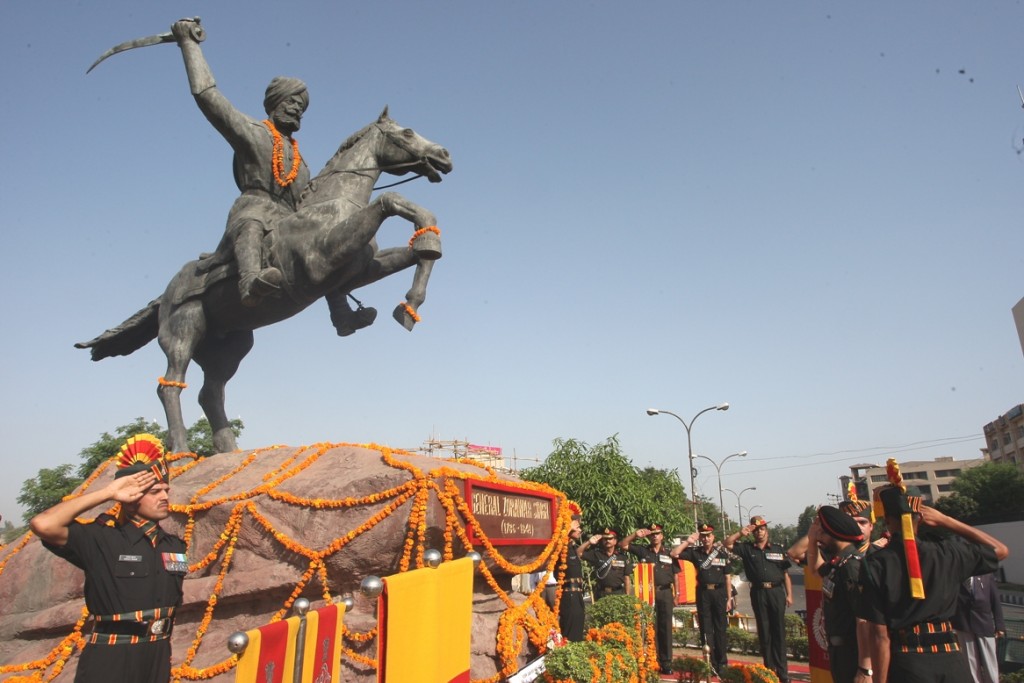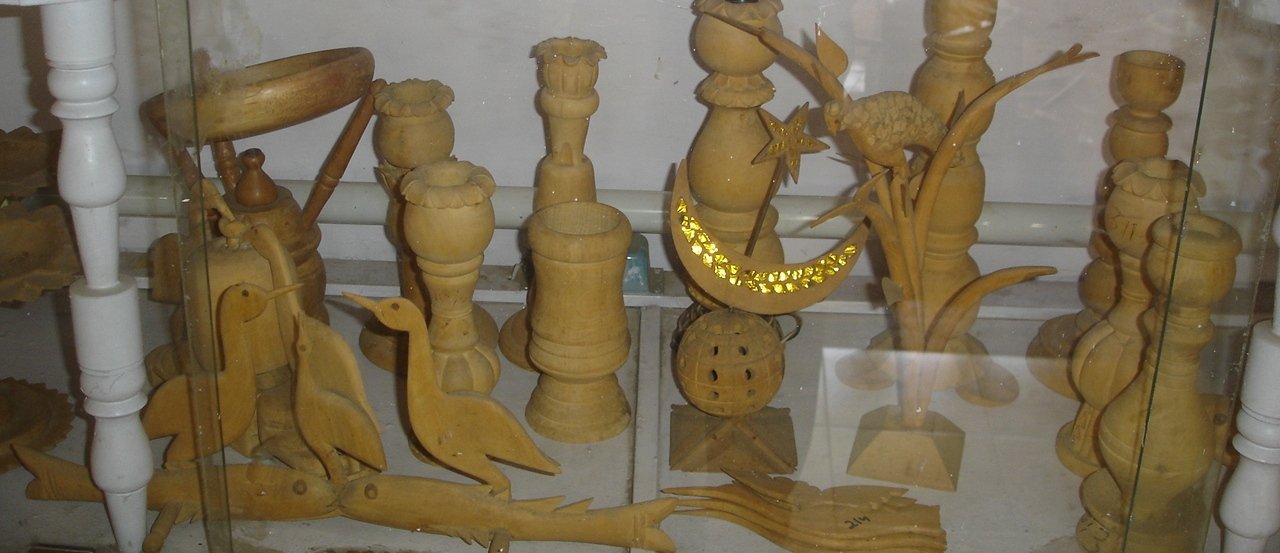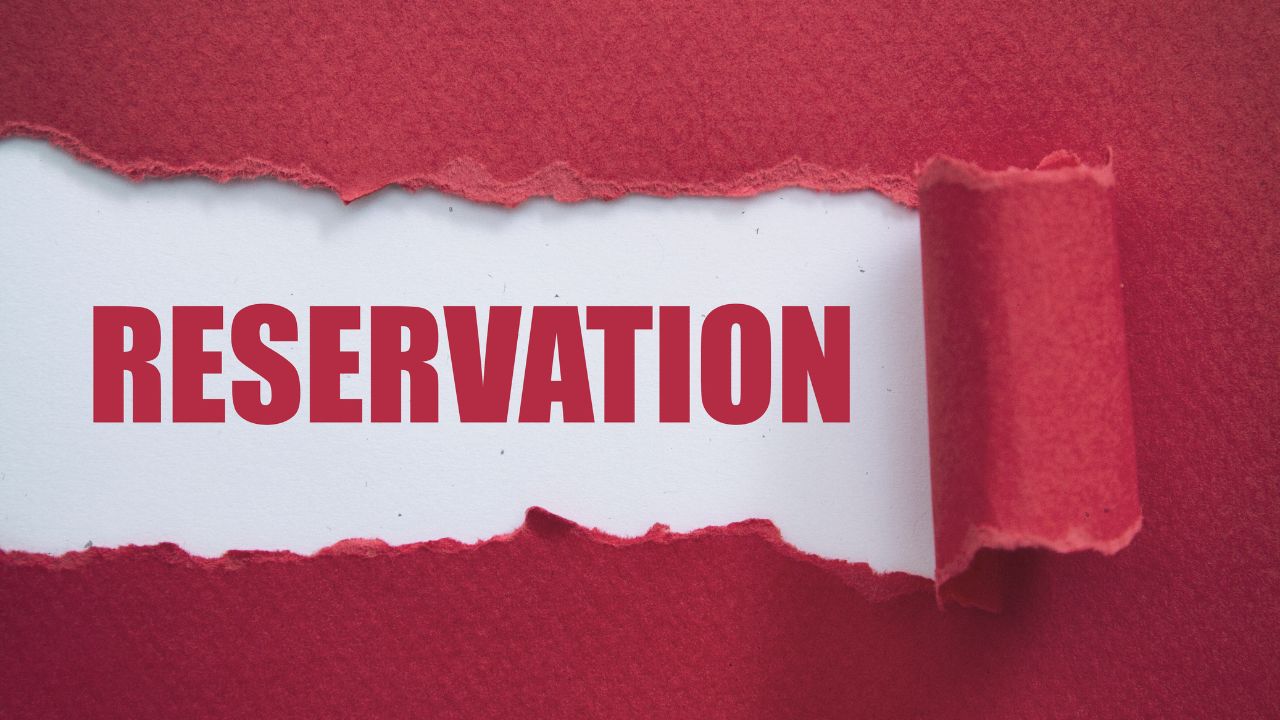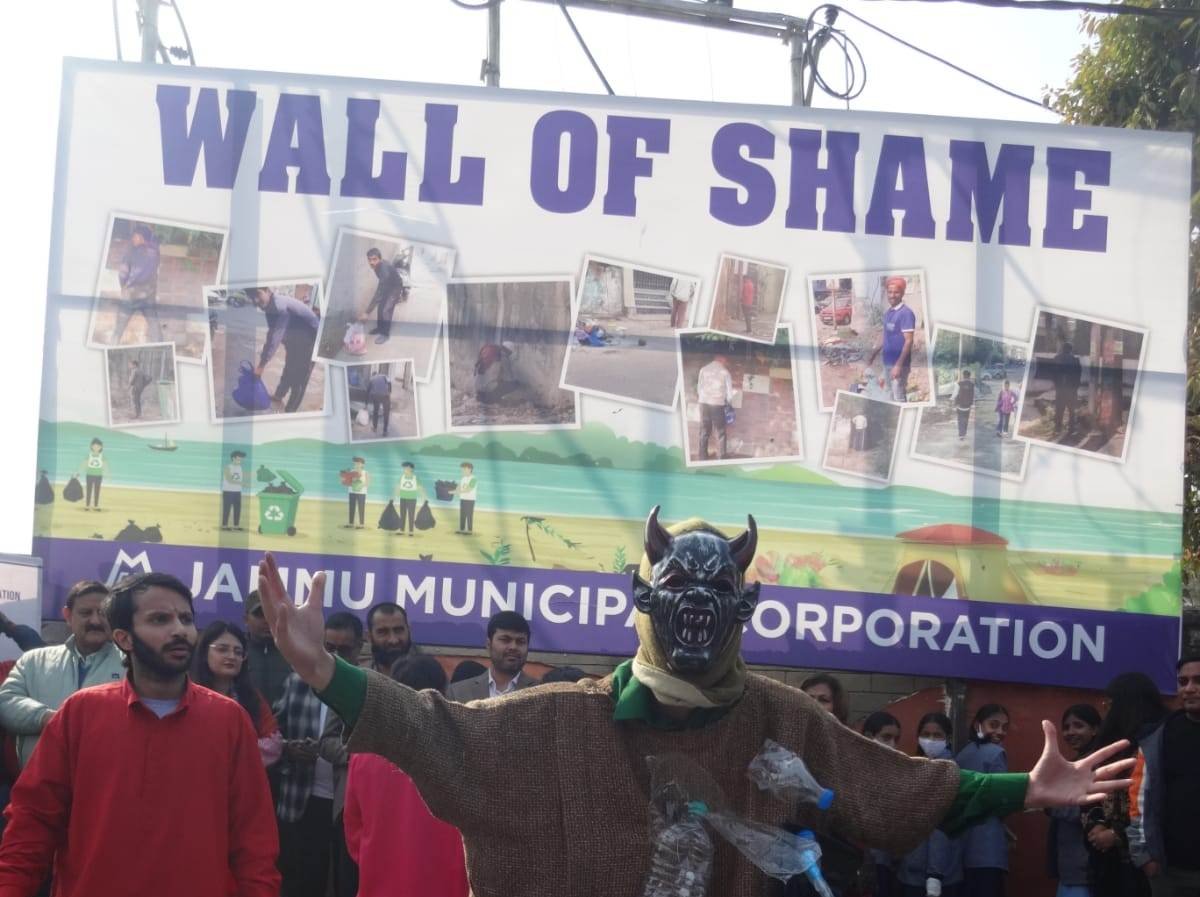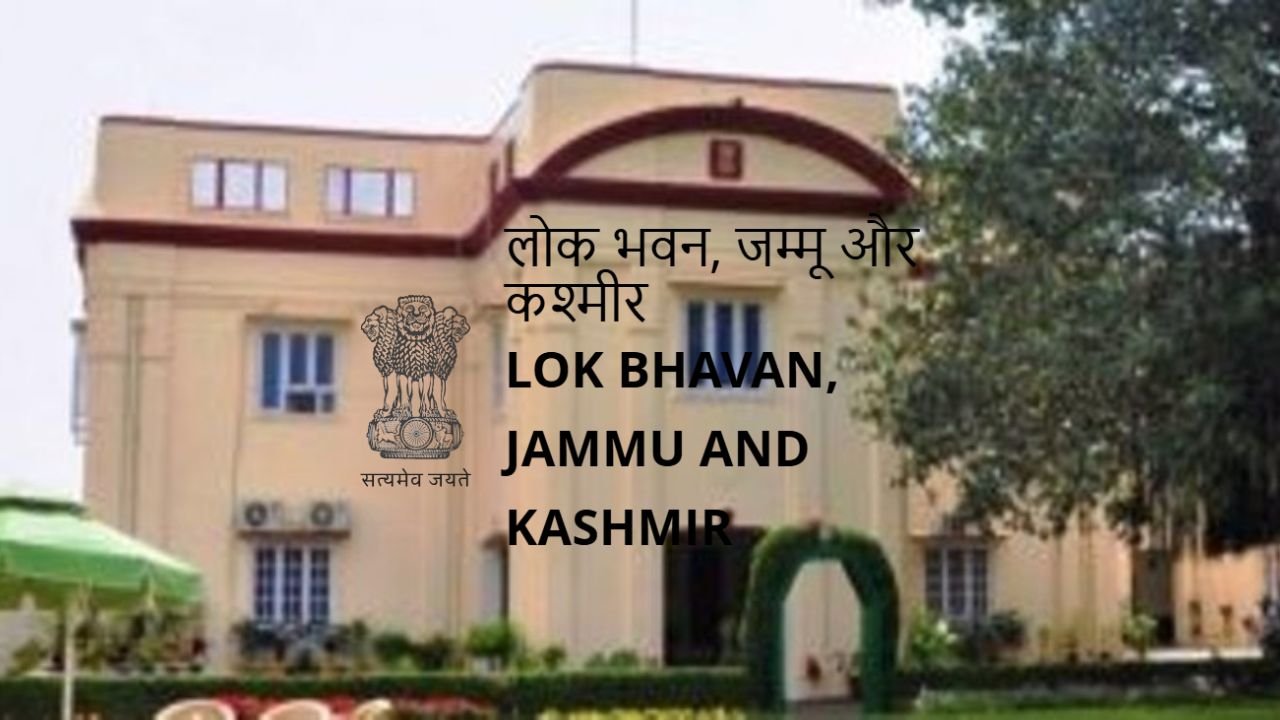Jammu and Kashmir Labour minister Haseeb Drabu today said that 87,650 educated unemployed youths are registered with district employment and counselling centres in the state. Out of the given figures, 41,981 were registered with centres in the Kashmir division and 45,669 in the Jammu division.
The highest registration of 11,027 is in Jammu district and the lowest in Budgam at 1,188, the minister said.
According to the data presented in the assembly, out of total registered youths, 26,213 have completed Higher Secondary education; 17,351 are graduates; 6,586 post-graduates; 3,286 diploma holders; 2,877 degree holders and 2,104 ITI trained.
According to experts the problem lies on the demand side: Jammu and Kashmir simply does not have enough jobs to keep its youth occupied. A comparative reading of the fifth and sixth economic censuses tells us that just over 54,000 jobs were created in the state each year from 2005 to 2013. During roughly the same period, the state’s labour force was expanding much more rapidly, accepting more than 100,000 new entrants annually. If the resultant shortage of jobs is not frustrating enough, the state’s men must now compete for the limited slots available with a growing pool of women ready to enter the job market. While the contingent of male workers in the state shrank by 55% in the eight years between both economic censuses, the number of female workers increased by 146%. Although the contributions of the secondary and tertiary sectors to the state’s economy are growing relative to that of the agricultural sector, these changes are not occurring rapidly enough to absorb the state’s increasingly restless young talent.
Read also: Jammu & Kashmir Govt. examining report on change in KAS exam
According to data collected by the National Sample Survey Office, Jammu and Kashmir leads all Indian states in terms of the proportion of its male emigrants who remit money, with 838 out of every 1,000 male out-migrants remitting. Moreover, these emigrants tend to remit more frequently and in higher amounts than the average Indian out-migrant. The problem is that not enough of Jammu and Kashmir’s men leave home in search of work, thus limiting the overall volume of remittances the state receives. Compared to their national counterparts, men in Jammu and Kashmir show a below-average propensity to move to other states in India and to migrate abroad.
The next census in 2021 will record a cohort of young men in the valley that is larger and better educated than the one tallied in 2011. Stability demands that it be on the move.


